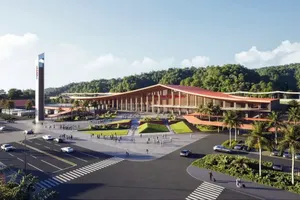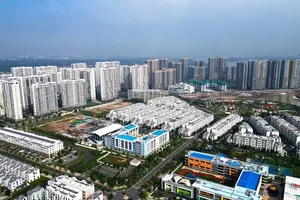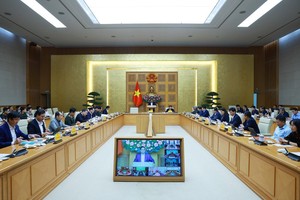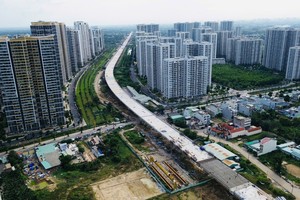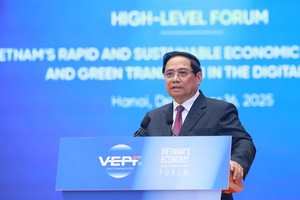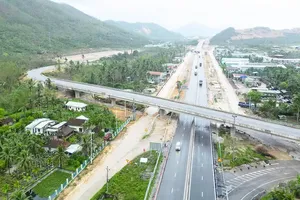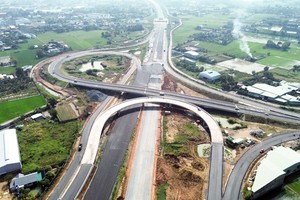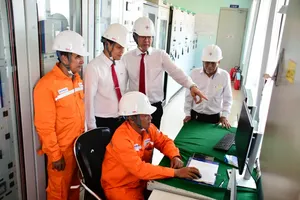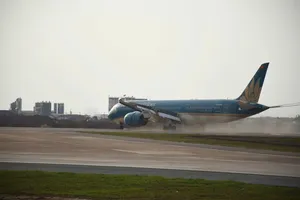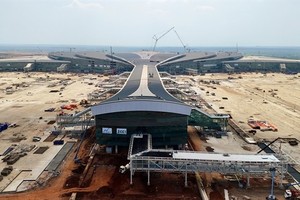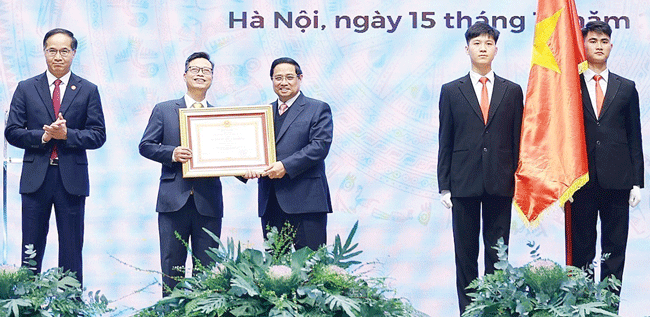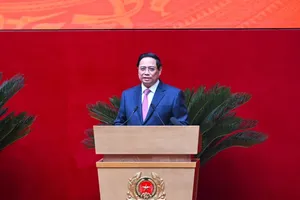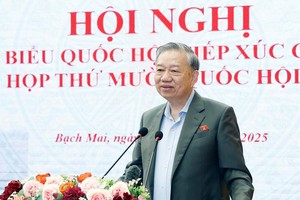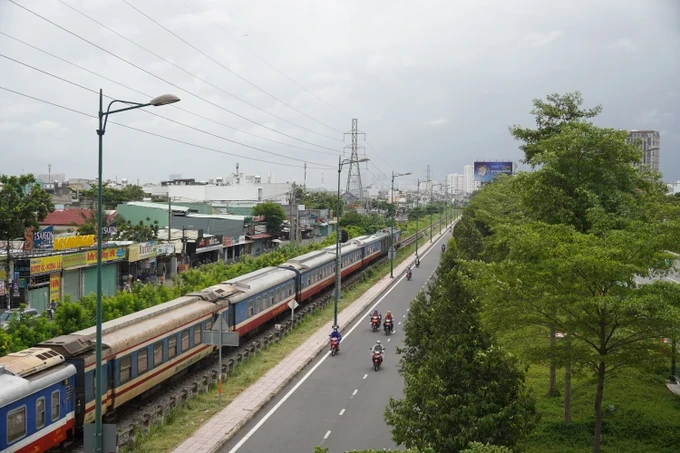
15 years ago, the project to build the North-South high-speed railway was first presented in the Master Planning for Railway Transport Development until 2020, with a Vision to 2030. The Transport Ministry then prepared an investment project with the participation of both domestic and foreign consultation units. However, due to the huge estimated investment of over US$61 billion, the project was refused by the 12th National Assembly in its last session of 2010.
In 2015, the project was restarted to present in front of the National Assembly in 2020. Despite quick responses of the Transport Ministry to form another investment project for approval, not until 2023 when Conclusion No.49-KL/TW by the Politburo about Plans for Railway Transport Development until 2030 with a Vision to 2045 was released can the construction of a high-speed railway receive proper boost. This is because the railway system is identified as one key factor in the national socio-economic growth.
According to this Conclusion, by 2025, the investment project for the North-South high-speed railway will have been presented in front of the National Assembly. Therefore, lately, the Transport Ministry has collected opinions from related ministries and state agencies on the three possible investment scenarios:
- The first scenario mentions the construction of a new railway route with a design speed of 350km/hour just for passenger trains. This needs a total investment of $67.32 billion.
- The second scenario is the construction of a new double-track railway with a gauge of 1,435mm and a load capacity of 22.5 tonnes per axle. The route will be used for both freight and passenger trains, with design speeds of 120km/hour and 200-250km/hour respectively. The total investment should be $72.02 billion.
- The third scenario proposes the construction of a new double-track railway with the same gauge and load capacity as the second method. The design speed, however, is higher, at 350km/hour mainly for passenger trains and a backup for freight trains when needed. This requires a total investment of $68.98 billion.
When adding the money needed for corresponding infrastructure, devices and means to operate freight trains, the amount for the third scenario could come to $71.69 billion. The advantage lies in the safety, comfort, and high speed when the route is saved especially for passengers, which makes this transport means highly competitive and improves the transport market share for the North-South route.
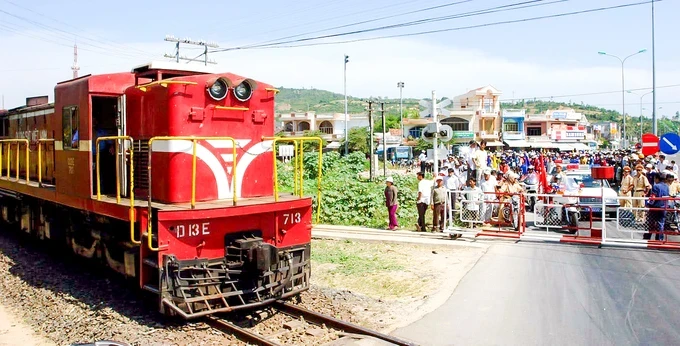
Opinions from experts and related ministries reveal that each scenario still possesses certain weaknesses. Particularly, while the Transport Ministry and the Construction Ministry favor the third scenario, the Planning and Investment Ministry voiced that the first and the third cannot satisfy the requirements of the Party Committee of the Government, presented in its meeting in October 2022.
In addition, the third scenario is rather illogical when its total investment is lower than that of the second even though the design speed of the former is higher than the latter. Also, the third has no content related to freight transport. Finally, the Planning and Investment Ministry commented that there is no railway route in the world with a design speed of 350km/hour that can both accommodate passenger and freight trains.
Assoc. Prof. Dr. Doan Minh Tam – former Chairman of the Institute of Transport Science and Technology – said that it is not wise to build a high-speed railway with a speed of 350km/hour. Instead, the one with a design speed of 200-250km/hour separately for passenger and freight trains or 150km/hour for both purposes would be a better option.
Agreeing with that, Prof. Dr. La Ngoc Khue – former Deputy Minister of Transport – said that it is necessary to first identify the demands of the public and economy towards the railway industry before having a final investment decision. At present, in Vietnam, the need for both passenger and freight trains in the North-South route is extremely high. Hence, pouring money into a passenger-train-only system leads to a surplus capacity for transporting people, yet the one for freight shipping is still weak.
What is more, investing in a passenger-train-only system with that high speed creates a financial burden to the national economy, results in dependence on foreign partners when the current technical level of Vietnam is not high enough.
As to the possibility of mobilizing social resources, the private sector can only invest in train operation, and the Government has to take care of the infrastructure because the needed time to recover capital is too long. However, such high technology level means no domestic businesses can answer the call.
Seeing many opposing opinions, the Transport Ministry shared that it will continue to collect more ideas from the Steering Committee for the preparation of the North-South high-speed railway project. There may be more scenarios proposed and considered before the most optimal one is presented in front of the National Assembly in 2025.
In the meeting about this matter, held in December 2023, Deputy Prime Minister Tran Hong Ha reminded that as the high-speed railway project is vital in the national socio-economic growth and industrialization, modernization, there must be consensus among different ministries in the implementation of that project.
He directed the Transport Ministry to clearly analyze possible impacts of this to-be high-speed railway to the general economy and society of the country based on national development requirements, international experience, and economic, technical, scientific data. Then depending on the mutual influences of different transport means and this report, a feasible, safe, and effective scenario will be chosen to satisfy both short-term and long-term needs.
The Transport Ministry should cooperate with concerned state agencies and ministries as well as the Commission for Management of State Capital at Enterprises (CMSC), localities, and related businesses to discuss and propose a suitable specific all-inclusive mechanism to the Politburo and National Assembly for approval.
That should include sub-mechanisms to mobilize and use capital sources, to use the collected money from land use in different localities, to train and employ engineers, to localize and develop the railway industry, to attract PPP investments, to attract cooperation and transfer technology via FDI, and to form a model for railway operation – business.

